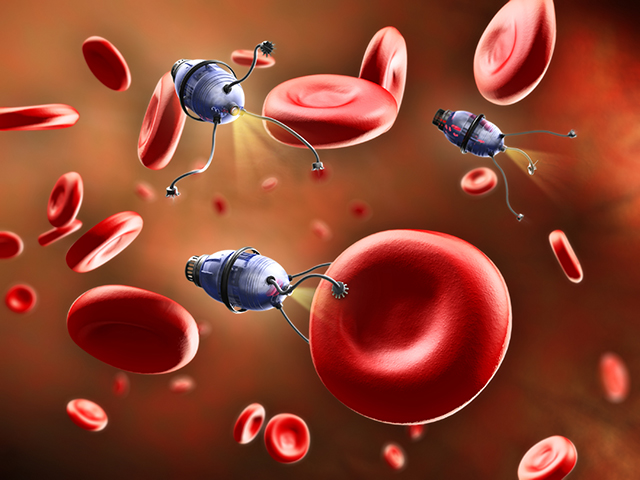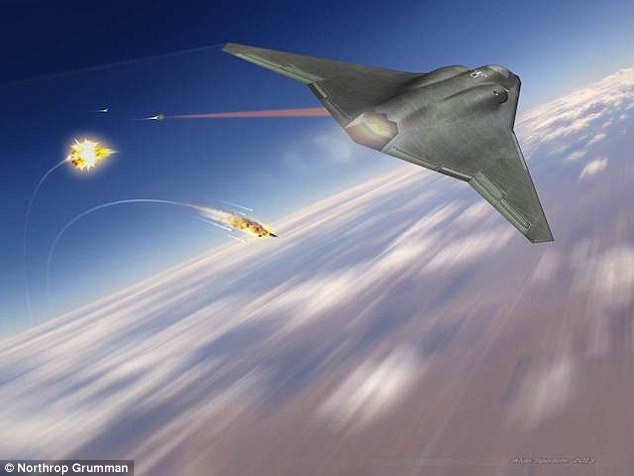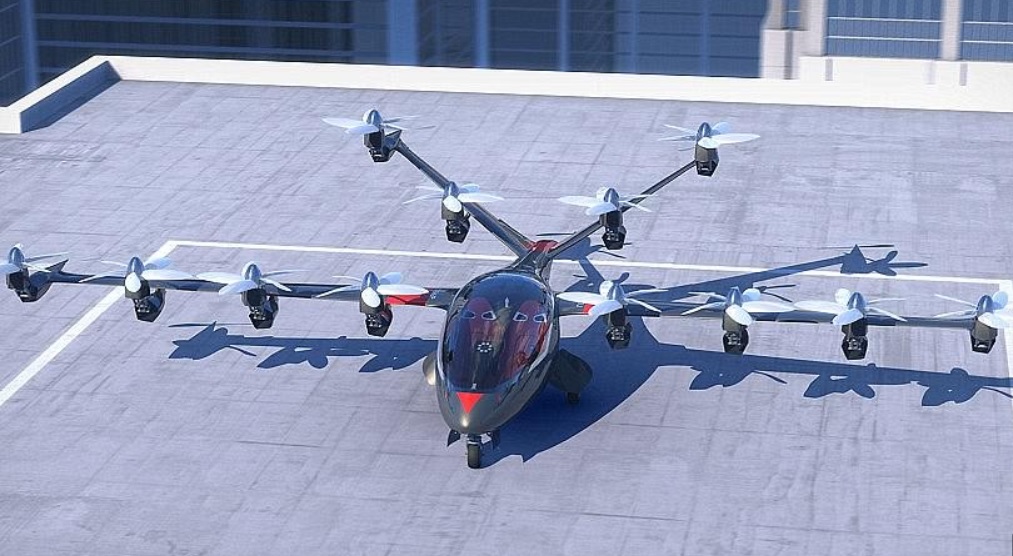Snake-like robot wiggles its way into windows and sprays high pressure jets of water to extinguish fires
07/28/2018 / By Edsel Cook

The Japanese, it appears, will turn just about anything into a robot. Even the humble but vital fire hose is not immune to their knack for modification. An article in IEEE Spectrum covers a snake-like firefighting robot that uses powerful water jets to fly inside burning buildings so that it can drench blazes from within the structure.
The snake-like robot can overcome one of the biggest and most common challenges encountered by firefighters: A fire in a location that is very difficult to reach, such as an upper floor or deep within a large building.
When firefighters encounter such infernos, they resort to one of two options: Aim their fire hoses at the nearest window and hope the water reaches the source of the fire, or force their way into the burning building to directly bring their hoses to bear. The former tactic is understandably ineffective while the latter is very dangerous.
Japanese researchers from Tohoku University (TU) and National Institute of Technology, Hachinohe College (NIT Hachinohe) designed a new robot to provide firefighters with a third, better option. The machine is shaped like a snake and is connected to a fire hose.
The new robot can slither through small openings like windows. As it wriggles into the building, it will drag the hose along with it so that it can spray water at any fires it encounters. (Related: New tech for fighting fire: Water gun that cuts through steel walls could save firefighter lives.)
A snake-like robot fire hose that can fly
The biggest thing that sets it apart from all other snake robots is its ability to fly. The robot fire hose can raise itself from the ground using strong jets of pressurized water. It can redirect those same jets to propel itself forward.
The robot can do this thanks to modular sets of steerable nozzles that run along the length of its hose body. These modules take high-pressure water from inside the hose and vent it downwards.
The released water imparts enough force to lift the hose up from the ground. This is conceptually similar to how the Harrier jump jet achieves VTOL flight, except it uses water instead of air.
The hose features enough of these modules to carry itself through the air. The robot does not need to remain close to the ground in order to work. The only limitation to the altitude it can reach is the supply of pressurized water and the length of the hose.
Each module is capable of independently steering itself using its nozzles. This gives the robot the agility it needs to get through tight spaces so that it can reach the source of a fire.
Furthermore, the nozzles on the head module of the robot have greater freedom of movement. They can target the main water jet at the fire with more accuracy.
An additional benefit of this means of movement is that the robot is soaking its path with water. This will help keep the machine cool and reduce the risk of the fire spreading.
The TU-NIT Hachinohe research team demonstrated a prototype at the International Conference on Robotics and Automation in May 2018. The proof of concept unit is two meters long, but it can be extended by adding more segments.
For the demonstration, the robot was powered by a water compressor rated for 0.7 megapascals of water pressure. The researchers said they were improving the control algorithms of their firefighting robot in order to make it more stable, easier to control, and able to operate more water jet nozzle modules.
Find out about other common tools that will get turned into robots at Robotics.news.
Sources include:
Tagged Under: algorithms, automated systems, firefighting, firefighting robots, fires, flying robots, inventions, robots, Snake Robot



















